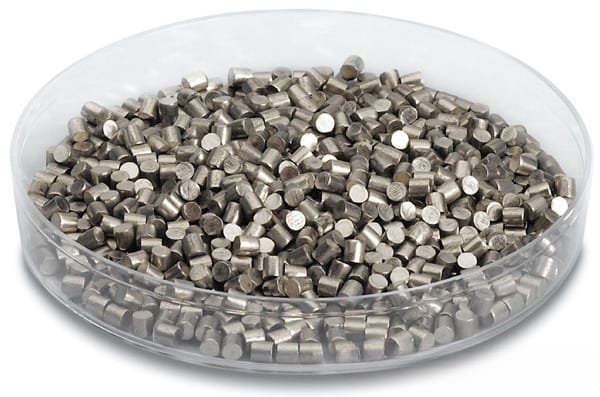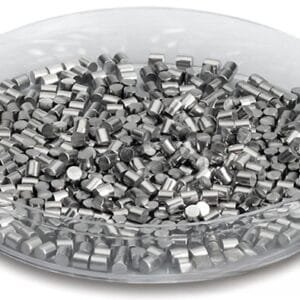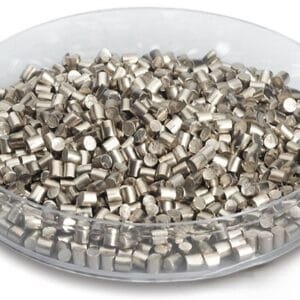Chromium Cobalt Evaporation Materials Overview
TFM offers high-purity chromium cobalt evaporation materials, an alloy composed of chromium (Cr) and cobalt (Co), specifically designed for critical deposition processes. These materials, with purity levels reaching up to 99.9995%, are essential for achieving superior quality in deposited films. TFM ensures consistent product reliability through stringent quality assurance measures.
Applications of Chromium Cobalt Evaporation Materials
- Deposition Processes: Ideal for various deposition techniques, including semiconductor deposition, chemical vapor deposition (CVD), and physical vapor deposition (PVD).
- Optics and Coatings: Commonly used in optics for wear protection, decorative coatings, and display technologies.
Packaging of Chromium Cobalt Evaporation Materials
TFM takes great care in packaging our chromium cobalt evaporation materials to prevent any damage during storage and transportation, ensuring that the products maintain their high quality upon arrival.
Get in Touch
TFM is a trusted manufacturer and supplier of high-purity chromium cobalt evaporation materials, as well as a wide range of other evaporation pellets. Our materials are available in both powder and granule forms, with customization options to meet specific requirements. For current pricing or to inquire about additional deposition materials not listed, please reach out to us.


 MSDS File
MSDS File



Reviews
There are no reviews yet.